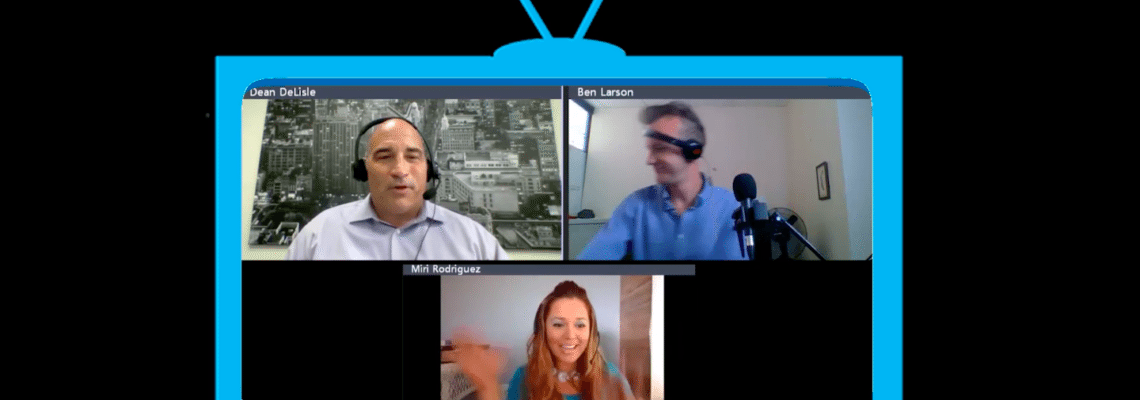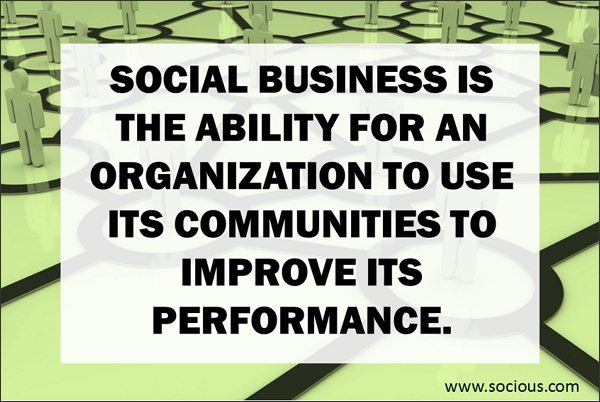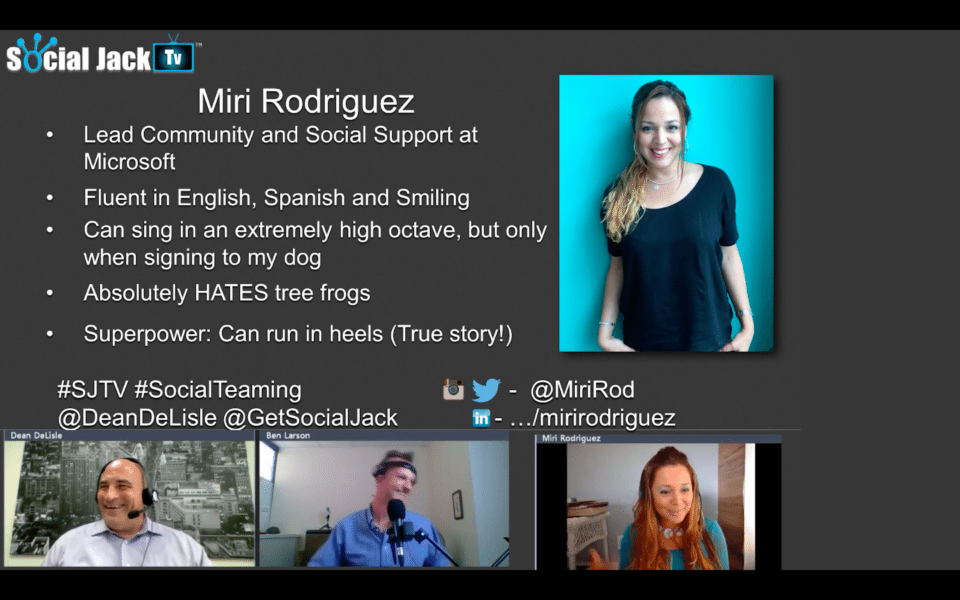
If you missed the webcast that launched on August 9th that featured Miri Rodrigues, lead of community and social support at Microsoft Office. In this session, we learned about trends in social care and what customers want from brands, understood key internal players that impact the social space and how to partner strategically with them to deliver a unified social voice to customers. And finally, how to hack social content to leverage multiple sources within the organization to take the customer through their anticipated journey in social channels.
You can listen to the podcast version here.
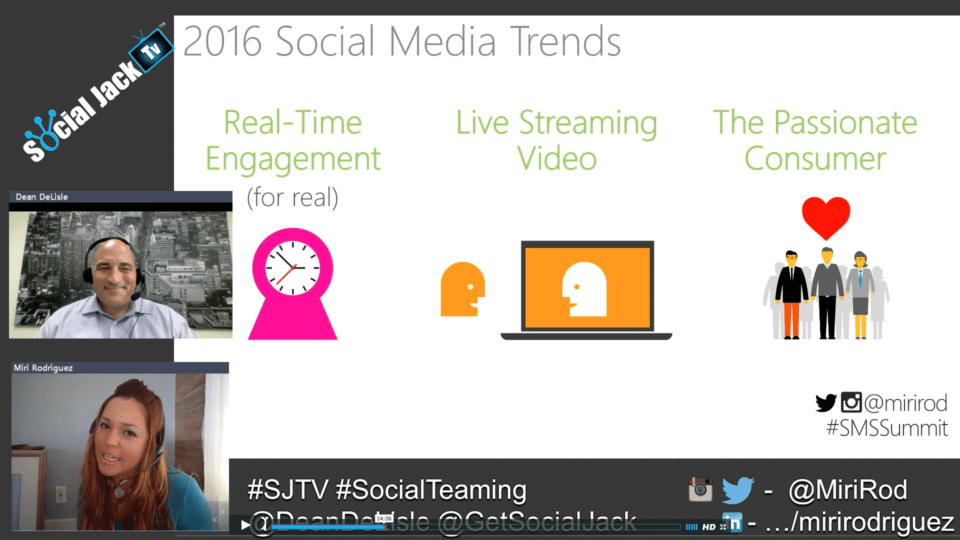
2016 Social Media Trends:
- Real Time Engagement: consumers want you to engaged with them. Your customers are now looking for a response time of 30 minutes or less, this number went down significantly from last year when customers expected a response in an hour or less. This contributes from the fact that our attention spans are “like that of a tree frog,” says Miri.
- Live Streaming Video: There are so many outlets and platforms where live streaming is now an option and consumers are now looking to not only follow a brand, but their employers also. It gives consumers a feel that brands aren’t robotic.
- The Passionate Consumer: Consumers begin following company employers because “people follow people” says Miri.
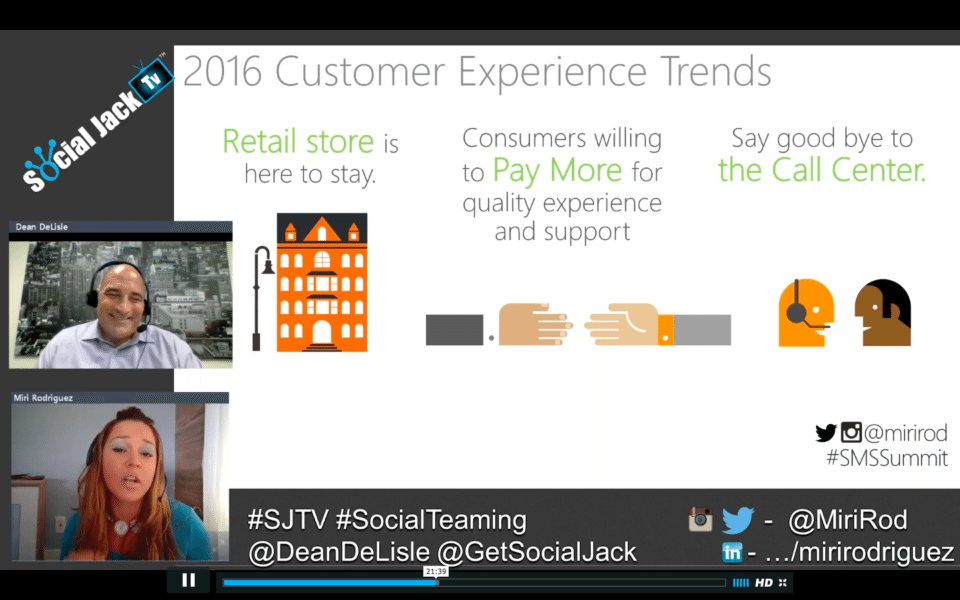
2016 Customer Experience Trends:
- Retail Stores Aren’t going Anywhere: Consumers want to be able to physically handle products. Think about Amazon Prime stores that are starting to pop up all over the country. Why would consumers wait if they could have it right now?
- Say Goodbye To Call Centers: The call centers we know of today will be a thing of the past soon. With phones decreasing as a communication channel, chat (instant messenger, etc) are becoming the new way of communication. Consumers prefer this because of the lightning fast responses from IM. Which websites have you been on recently that have a “chat with an associate” now button?
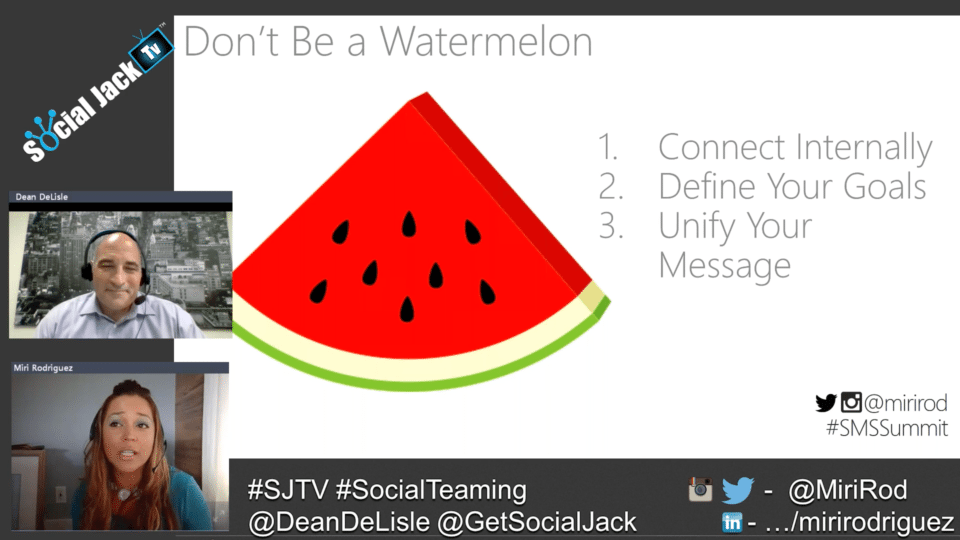
Don’t be a Social Media Watermelon
The definition of a social media watermelon is simple: One the outside you’re green, on the inside you’re red. The assumption here is that by the look of it, watermelons have it all together but in reality they are a mess. When you cut open a watermelon you’ll notice the seeds are scattered all over, we think of these as employees who are not on the same mindset. In order to not be a social media watermelon you have to follow the 3 steps.
- Connect Internally
- Define Your Goals
- Unify Your Message
Another way to connect to your followers on social media is to take a risk. Your audience will take notes on the type of content you are posting. Miri says that she often does polls on Twitter. Some are personal and some are work related. But in the end you are testing your audience and seeing what type of content they reply to.
You can follow Miri Rodriguez on Twitter, Instagram or LinkedIn. And as always, if you’d like to be watch these videos live—sign up for Social Jack today! See you online, and stay social!


